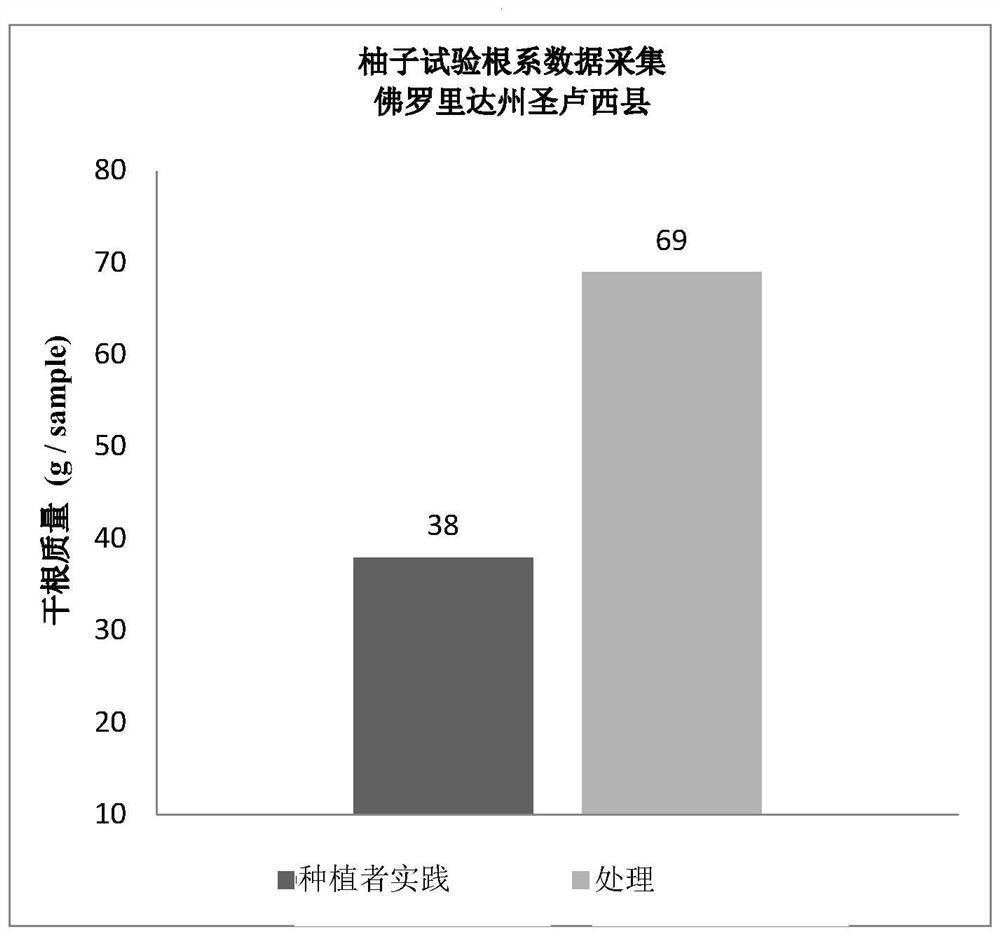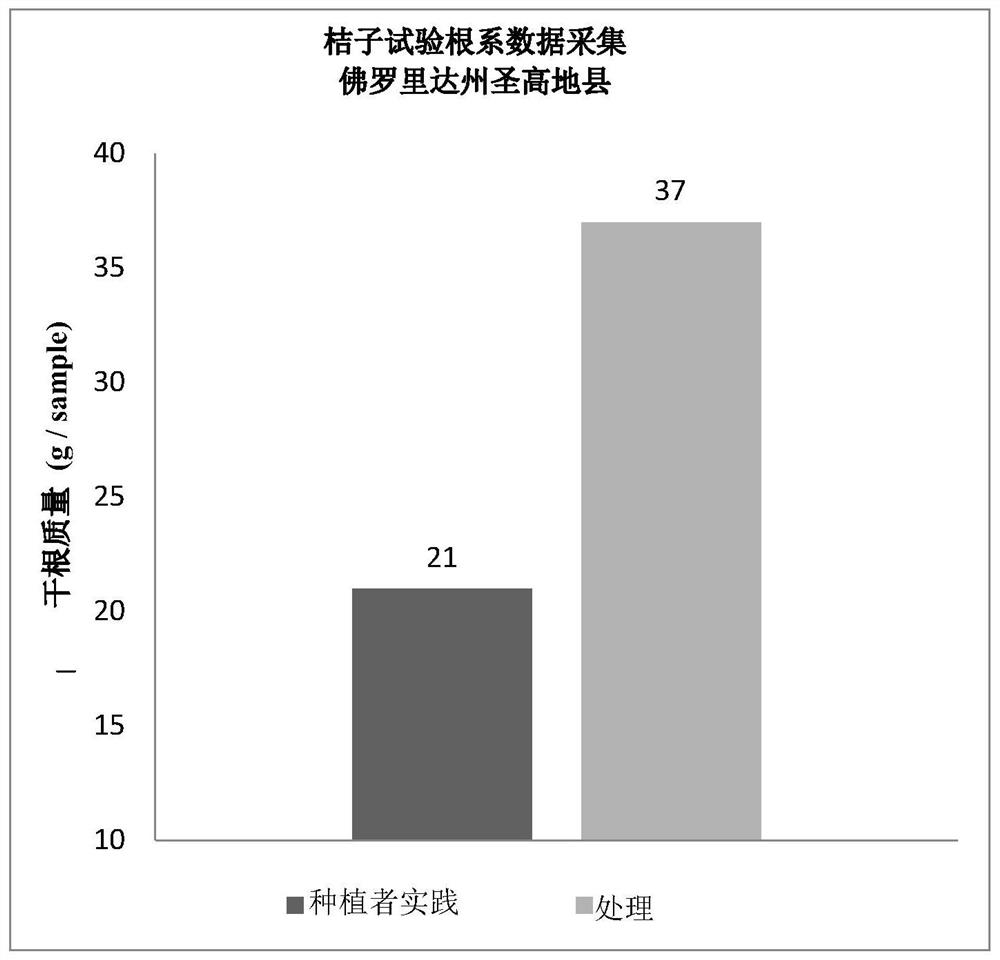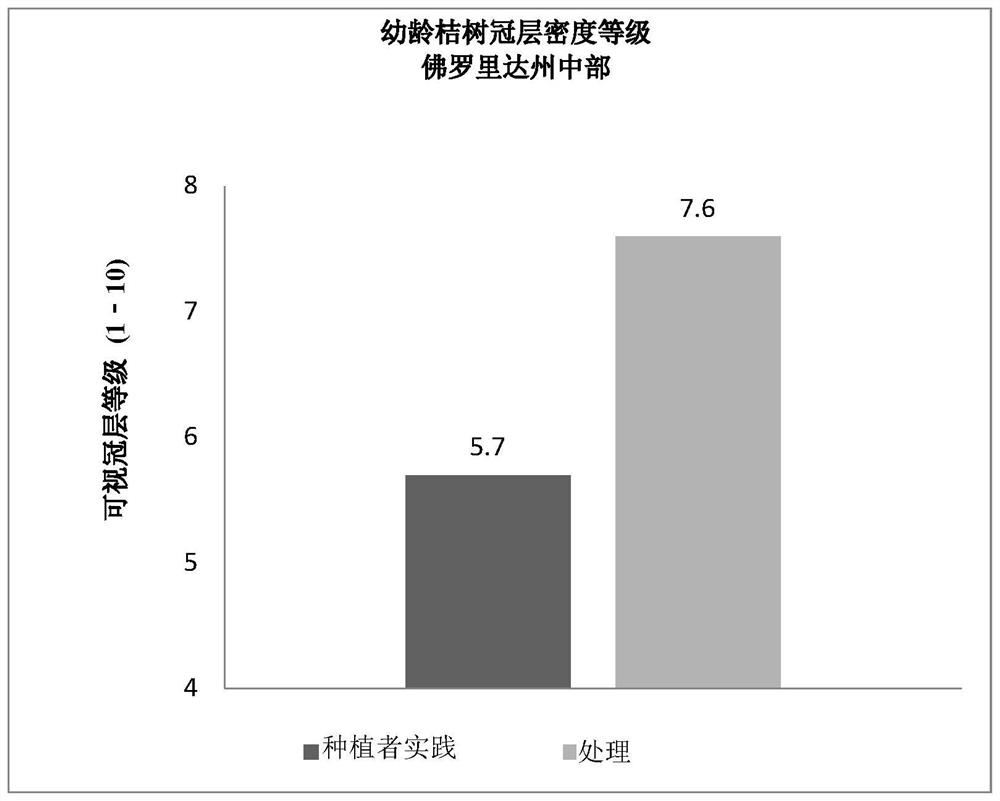Materials and methods for enhanced carbon utilization and/or sequestration as well as reducing deleterious atmospheric gases
A technology of utilization and carbon sequestration, which is applied in the removal of solid waste, chemical instruments and methods, and botanical equipment and methods. Toxic cost-effective effect
- Summary
- Abstract
- Description
- Claims
- Application Information
AI Technical Summary
Problems solved by technology
Method used
Image
Examples
preparation example Construction
[0210] Preparation of Microbial-Based Products
[0211] A microorganism-based product of the present invention is simply the fermentation medium containing the microorganisms and / or microbial metabolites and / or any residual nutrients produced by the microorganisms. Fermented products are used directly without extraction or purification. Extraction and purification can be readily achieved, if desired, using standard extraction and / or purification methods or techniques described in the literature.
[0212] Microorganisms in microbial-based products may be in active or inactive form, or in the form of vegetative cells, germ spores, mycelium, hyphae, conidia or any other form of microbial propagules. Microorganism-based products may also contain combinations of these forms of microorganisms.
[0213] In one embodiment, different microbial strains are cultured separately and then mixed together to produce a microbial-based product. Optionally, the microorganism may be mixed with...
Embodiment 1
[0241] Example 1 - Compositions based on microbial products
[0242] Illustrated herein are compositions for reducing greenhouse gases, increasing carbon utilization, and / or enhancing carbon sequestration, according to certain embodiments of the invention. This example is not intended to be limiting. Formulations comprising other types of microorganisms which replace or supplement those exemplified herein may be included in the composition.
[0243] The composition comprises a microbial inoculant comprising Trichoderma. Fungi and Bacillus bacteria. In a particular example, the composition comprises Trichoderma harzianum and Bacillus amyloliquefaciens. More specifically, the strain of Bacillus amyloliquefaciens may be Bacillus amyloliquefaciens subsp. viridans.
[0244] In one embodiment, the composition may comprise 1 to 99% by weight Trichoderma and 99 to 1% by weight Bacillus. In some embodiments, the ratio of the number of Trichoderma to Bacillus cells is about 1:9 to ...
Embodiment 2
[0260] Example 2 - Increase in Underground Biomass (Root Mass) of Citrus Trees
[0261] The composition comprising Trichoderma harzianum and Bacillus amyloliquefaciens was applied three times every two months to the soil with orange and grapefruit trees. Before and after treatment, root mass was measured and compared to untreated control trees ("growers' practice").
[0262] Such as Figures 1A-1B As shown, there was a significant difference in fibrous root biomass between untreated control and treated trees.
PUM
 Login to View More
Login to View More Abstract
Description
Claims
Application Information
 Login to View More
Login to View More - R&D
- Intellectual Property
- Life Sciences
- Materials
- Tech Scout
- Unparalleled Data Quality
- Higher Quality Content
- 60% Fewer Hallucinations
Browse by: Latest US Patents, China's latest patents, Technical Efficacy Thesaurus, Application Domain, Technology Topic, Popular Technical Reports.
© 2025 PatSnap. All rights reserved.Legal|Privacy policy|Modern Slavery Act Transparency Statement|Sitemap|About US| Contact US: help@patsnap.com



